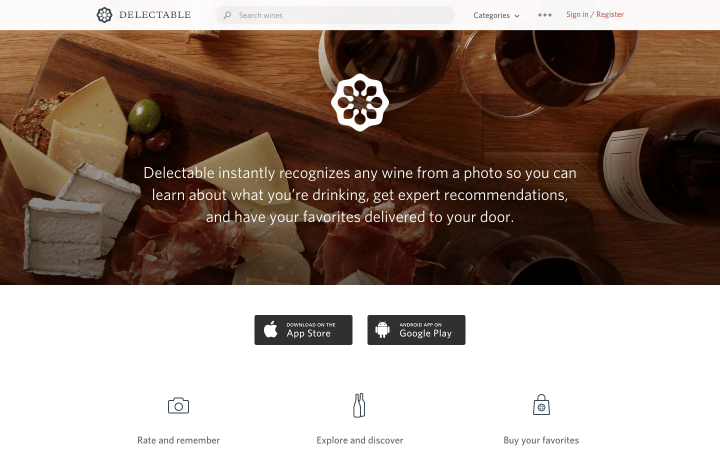
In founding Delectable in 2012, former Apple software engineer and Goldman Sachs investment strategist Alex Fishman had one simple question in mind — could big data be used to demystify the complicated and sprawling world of vino? As it turns out, the answer was a resounding yes.
Used by both the casual wine drinker and some of the most well-respected critics in the industry, including writer Jay McInerney and bar owners like James Murphy, the app was actually initially intended to be a tool for professionals. But as the app became more popular, with estimates in the hundreds of thousands of monthly visitors, its appeal became more universal.
Now, Delectable is planning to release numbers that reveal how its users’ drinking patterns have shifted, relying on data derived from its more than 1 million submissions since the beginning of 2013. These statistics provide additional support for conclusions that some experts within the wine community have already reached, among them the rising prominence of grower Champagnes, made by small houses that use only grapes they’ve grown themselves, as opposed to Champagnes that use fruit from vineyards throughout the region.
According to Delectable’s data, these grower Champagnes have grown in popularity, rising from a 31 percent share of all Champagnes in the first quarter of 2013 to a 40 percent share in the first three months of this year.
Delectable also knows which regional wines are becoming more desirable, and which are becoming less so — according to its data, wines from Loire Valley in France and Piedmont in Italy, which were already popular amongst the more affluent, are also gaining more traction within the everyday community. Conversely, the “typically bolder wines” of Tuscany and Bordeaux have lost some of their appeal.
If you want to learn a bit more about your own wine preferences, waste no time in downloading the Delectable app and checking out their latest feature, Taste Insights. Fishman explains that, “Taste Insights harnesses the power of Delectable’s massive data set to give users a smart snapshot of their own tastes. Every wine drinker faces the question ‘what kind of wine do you like to drink?’ Taste Insights helps our users confidently answer this question.”
And what more important question could you possibly have?

